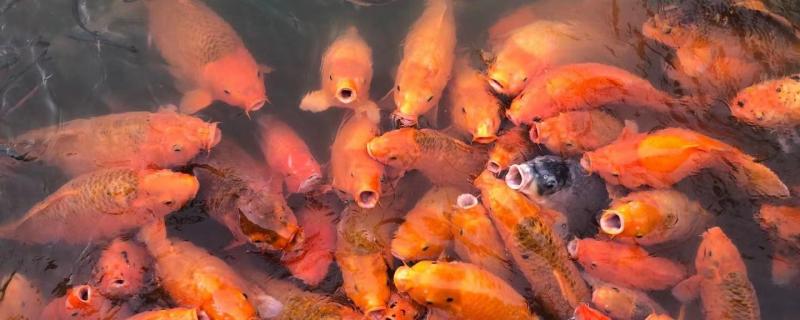 1. Do brocade carp need to be heated
1. Do brocade carp need to be heated brocade carp does not need to be heated. Koi is called cold water fish by fish friends, but it is not a cold water fish, but a wide-temperature fish, which can adapt not only to high temperature but also to low temperature, and is relatively easy to raise. Its feeding habits are miscellaneous, there are many things to eat, and its body size is relatively large, so it needs sufficient activity space. In addition, during its growth, it needs enough oxygen to breathe.
2. Which fish don't need to be heated1. Goldfish: Goldfish is a kind of wide-temperature fish, which is developed from crucian carp. It has many varieties and different shapes, and its own adaptation range to temperature is also very wide. It can survive in the environment of 0-38 ℃, but it is best to keep the temperature at about 18-26 ℃.
2, sole catfish: sole catfish, also known as tetragonal fish, is an omnivorous fish, which generally inhabits places with slow water flow, has a small range of activities, and is not waiting for a long time. This kind of fish is widely distributed, so it has strong adaptability to temperature, so it doesn't need a heating rod to raise it. It usually feeds on algae, and can also feed insects and other foods.
3. Tangyu: Tangyu, also known as Baiyun Jinsi, is a unique fish in China. Although it lives in the south, it has strong low temperature resistance and can still survive in the environment of 5 ℃, so it can be raised without heating rods. Its body shape is very small, and it mainly feeds on plankton, and it can also eat humus.